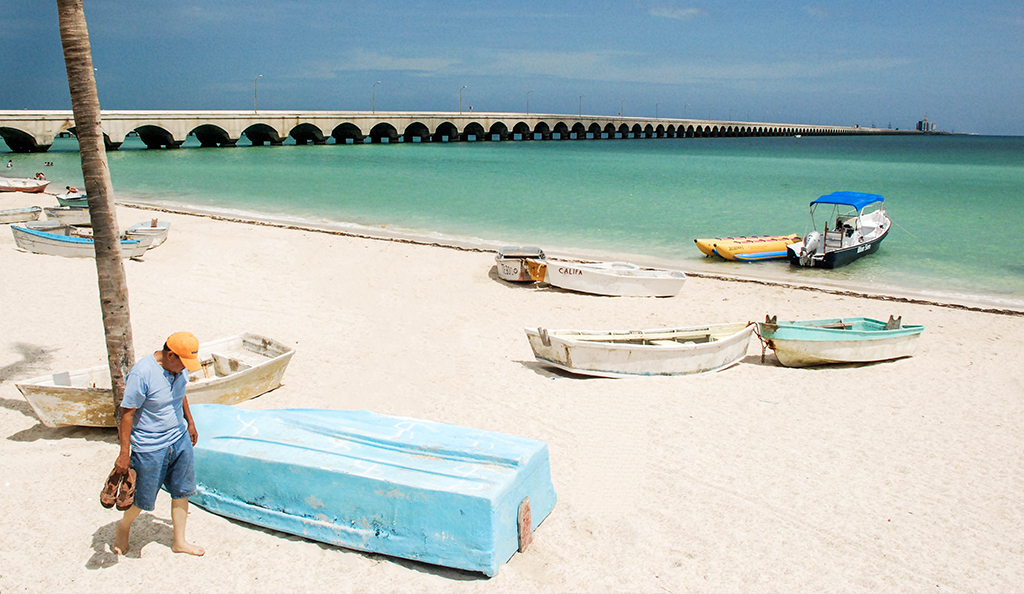- Home
- Destinations
- Yucatán
About Yucatán, México
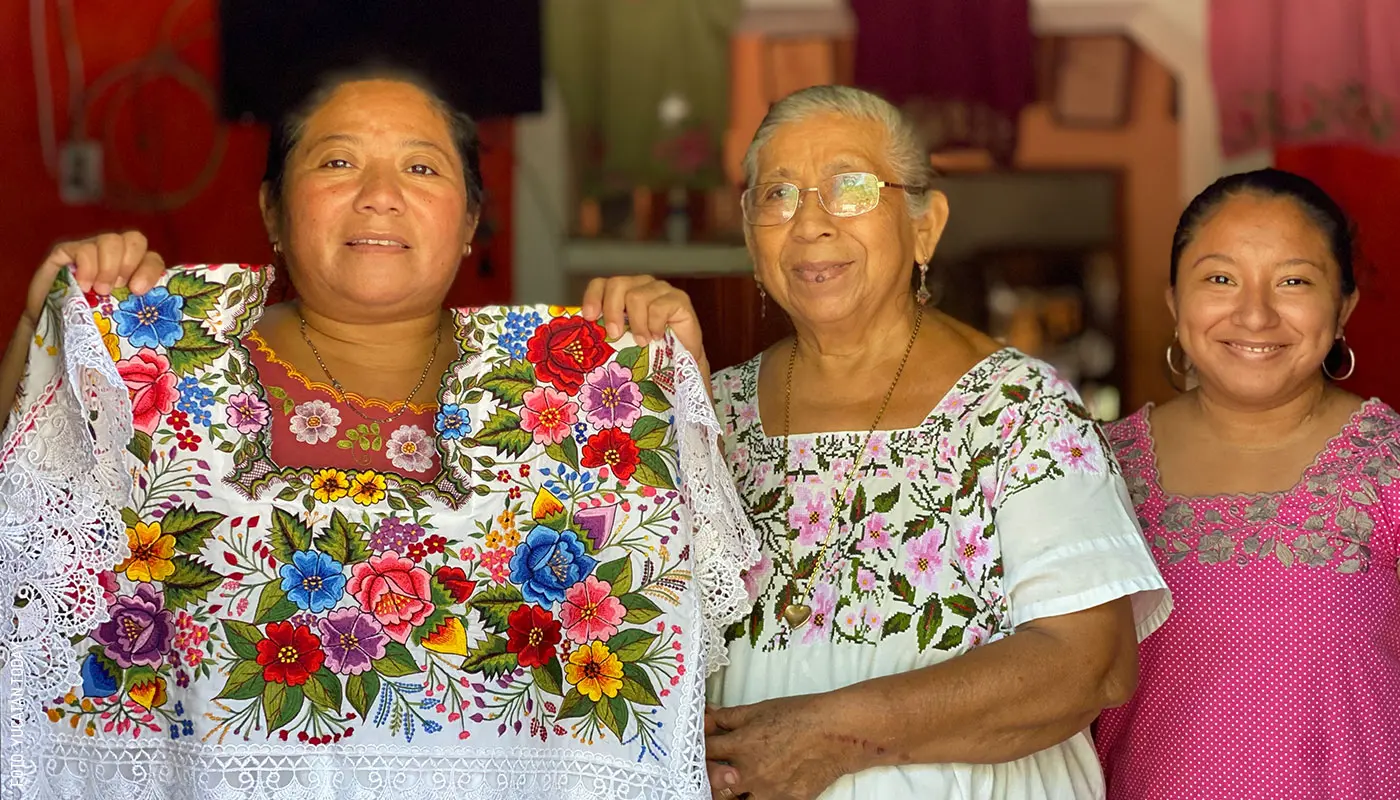
Yucatán saw the rise of Maya civilization, whom are particularly well-known for their advanced studies in astronomy, math, and medicine; not to mention the founding of large cities.
Fauna and Flora in Yucatán
Our state is home to several plant and animal species including white-tailed deer, ocelots, wild turkeys, and jaguars who live deep in the jungles; pink flamingos and other water fowl who keep close to the mangroves of our emerald coast; magnificent trees such as Ceiba, Flamboyán, and Flor de Mayo which adorn both our cities and rural areas; and turtles, porpoises, and multicolored fish who swim in the waters of the Gulf of México.
The Conquest of Yucatan
The arrival of the Spanish to the region did not immediately mark its conquest since it required several attempts to colonize. In 1540, Francisco de Montejo y León “El Mozo” founded the city of Campeche, and then established Mérida in 1542. Once the Spanish were settled, they wielded heavy religious and cultural influence throughout the region for three centuries.
The Caste War in Yucatan
In 1847, the “Guerra de Castas” broke out between the Maya population and the Spanish-descent which held political and economic power. Among the causes for the insurrection were the terrible working conditions which were expanding in part due to Yucatán’s growing henequén industry. This conflict would last 54 years and would eventually culminate in the peninsula rejoining México, as part of the negotiations for military support. Towards the end of the conflict, Yucatán established itself as a major producer of henequén which led to a time of economic prosperity in the state. Today we can see the remaining haciendas of the region, many of which have been renovated into luxury hotels, restaurants, and event venues.
Yucatecan Culture
The Maya language is still widely spoken by approximately 520,000 native speakers throughout the state. Even the Spanish spoken in Yucatán employs words of Maya origin such as “tuch” (bellybutton) and “xix” (the last bit of something). Language holds enormous significance to the cultural identity of the region.
What Yucatán is Famous for
With time, the influence of different cultures and the natural beauty of the peninsula have created a destination which has it all. Walk through the streets of colonial cities and magical towns; visit historic haciendas; dive into the clear, blue waters of our cenotes, beaches, and natural springs; explore mysterious caves; see pink flamingos in their natural habitat; dance to the rhythm of bambuco, trova, and bolero; and eat mouthwatering food with pre-Columbian roots. We can’t wait for you to see our state.
Security in Yucatán
Artículos relacionados
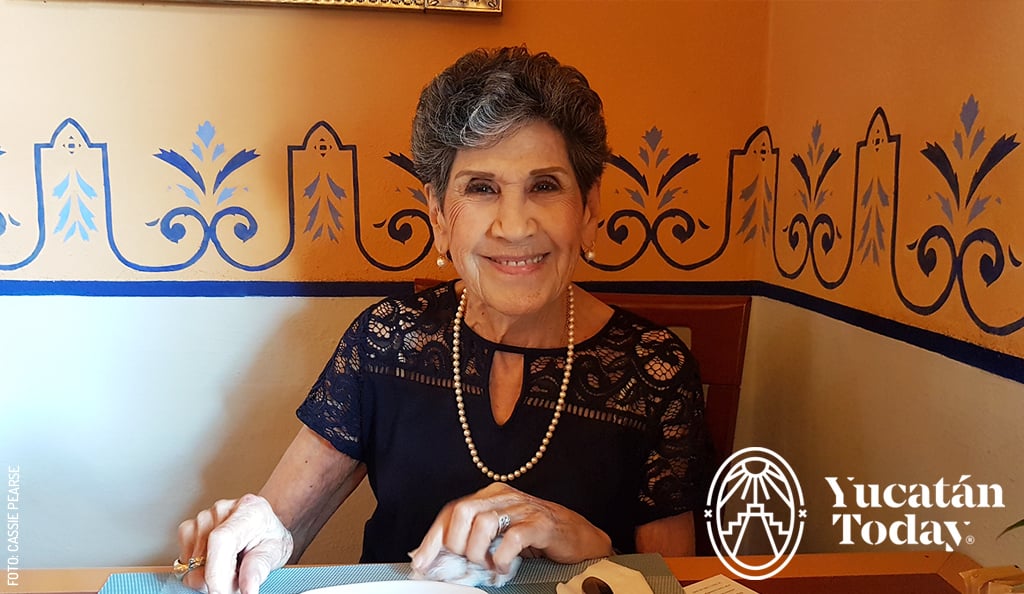
Señora Homa, Hotel Casa San Ángel
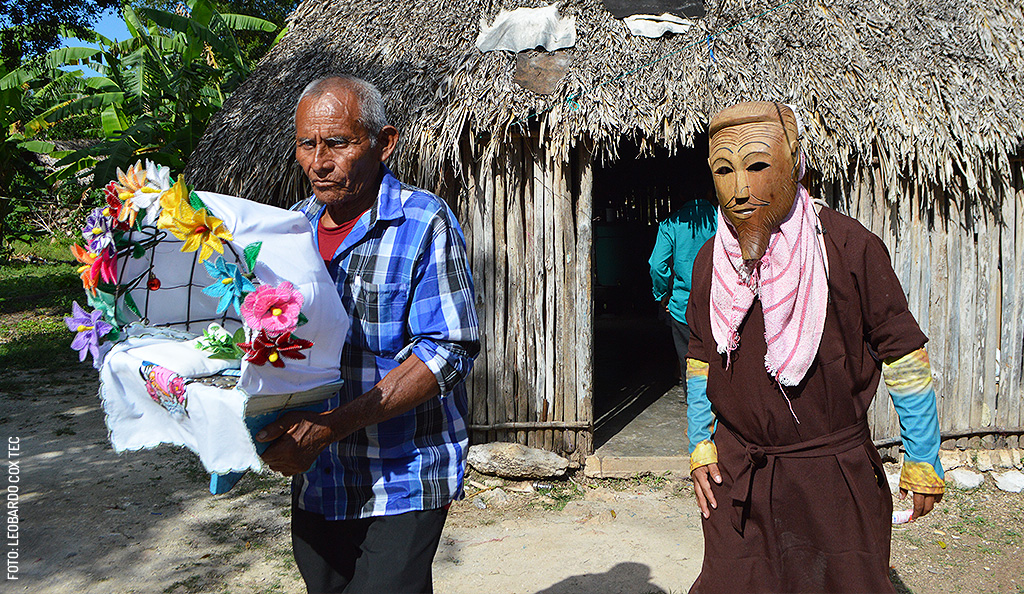
La Danza de Señores de Chikindzonot
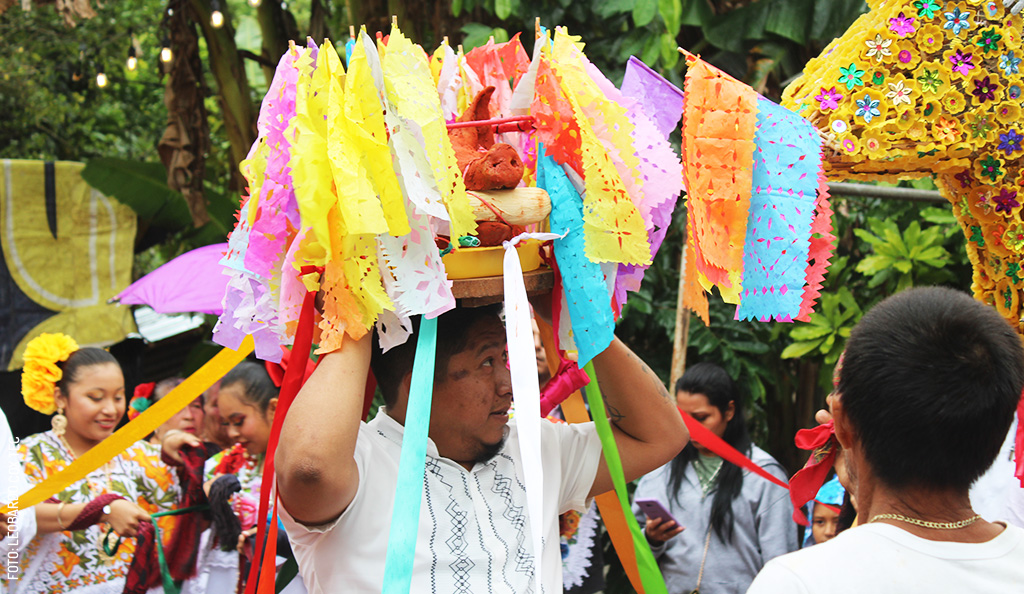
La Navidad maya en Yaxcabá: Tradición, fe y comunidad
Related Articles
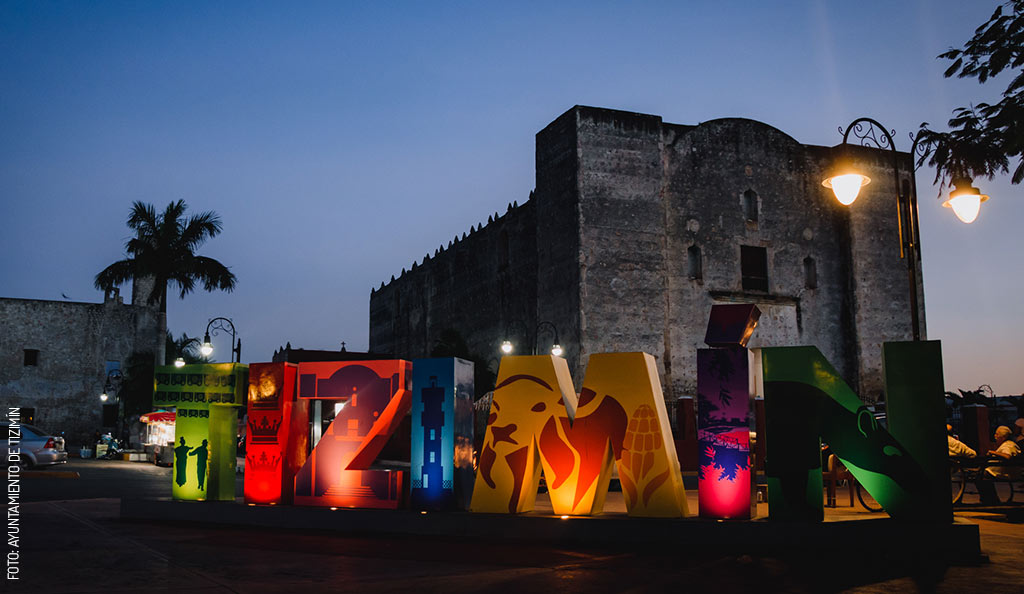
The Tizimín Fair: The Pride of the City of Kings
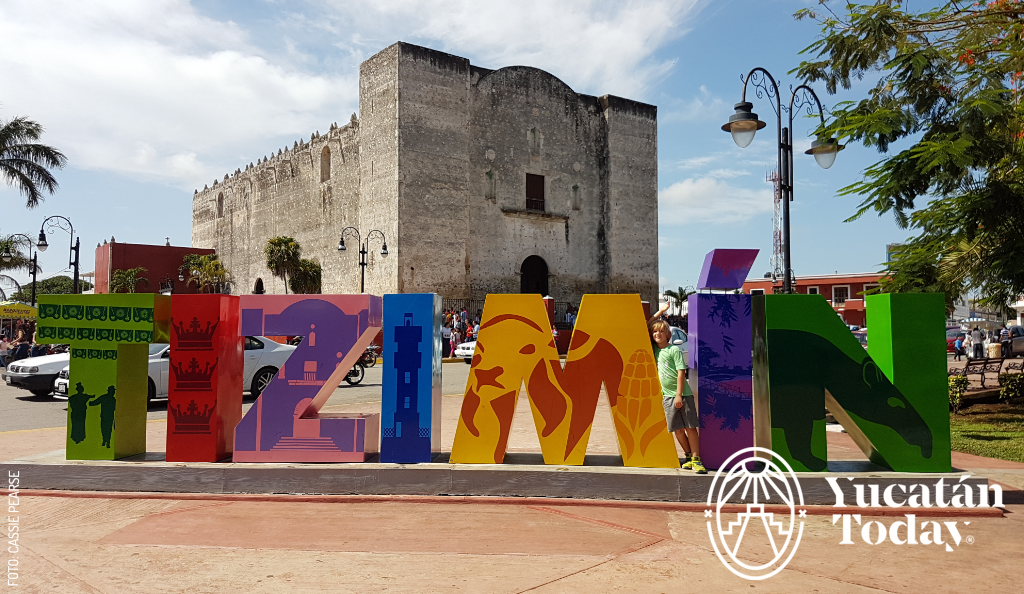
Tizimín
